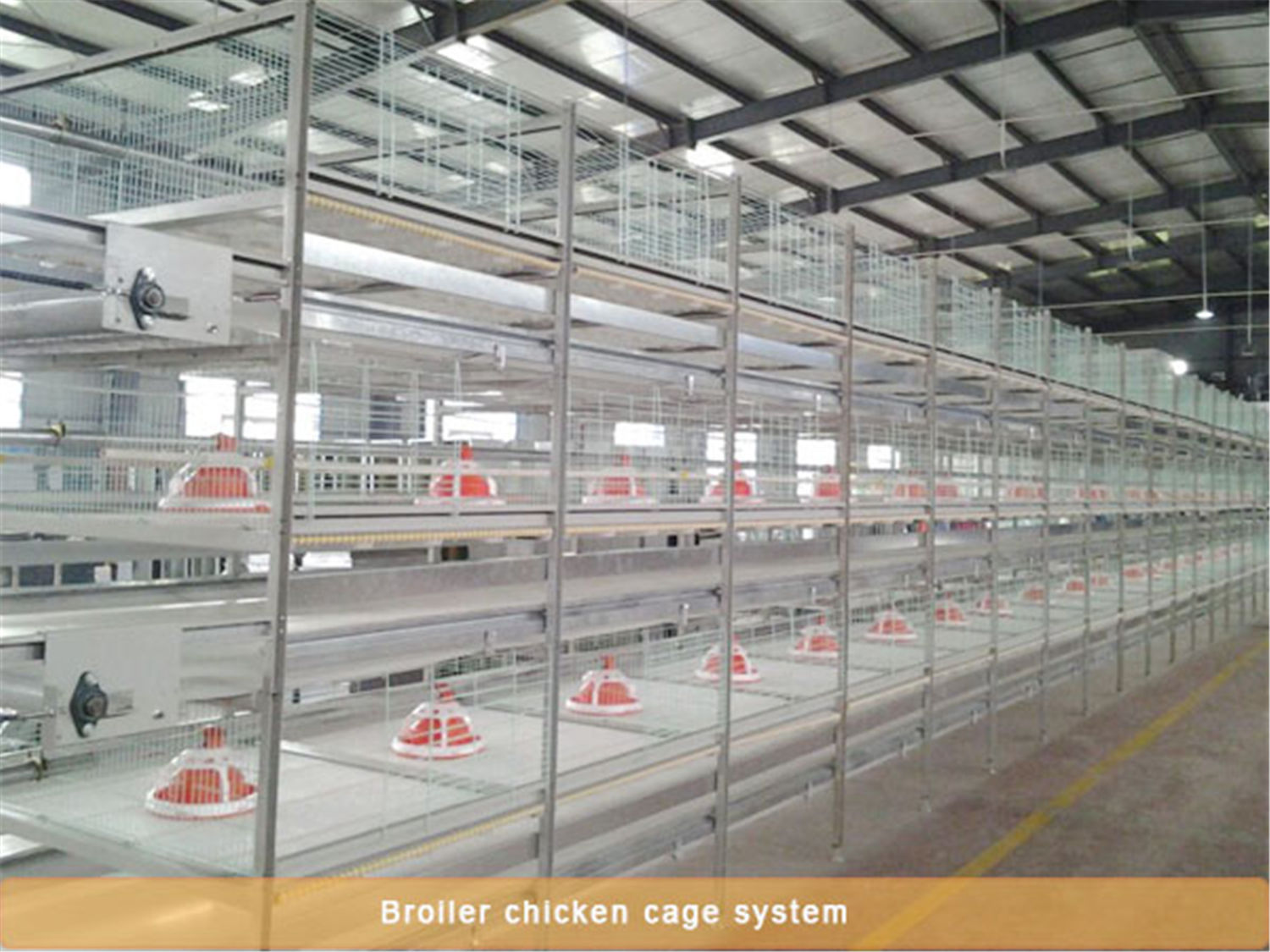The rapid development of modern breeding equipment has improved the economic benefits of farmers. Now more farmers have joined the team of fully automated broiler cages. So how can broiler cage equipment improve the economic benefits of chicken raising?
The production income of broiler chicken cages is the difference between the income from the sale of broilers minus the production cost. The greater the sales income, the lower the production cost, the greater the difference between the two and the higher the economic benefit.
1. Selling weight and feed conversion rate. If the feed price and the selling price of broiler caged broiler chickens are constant, the larger the sales weight, the more sales income, the higher the feed conversion rate, the less the feed cost spent, and the greater the difference between the two, the greater the income. However, generally, the larger the weight sold, the later the age of selling, and the corresponding feed conversion rate becomes lower, so the profit cannot increase in proportion with the increase in weight sold. Under normal circumstances, broiler chickens are suitable for slaughter in about 8 weeks, with suitable weight and high feed conversion rate.
2. The price and time of sale. It is the prices sold by producers that affect the production of broiler cages. There are many factors that affect prices. Among them, the *fundamental is the social value of the commodity, the necessary labor time in the society, and the market supply and demand conditions, and these are not determined by the individual producer. However, the producer can decide the time of sale, the time of sale is different, the weight and grade are
different, and the price is very different, which has a great impact on the income of the producer. Producers should take comprehensive consideration of grade, price, feed conversion rate, weight, etc., pay close attention to market dynamics, and choose high-quality sales time to obtain high benefits.
3. Feeding density and turnover times of broiler houses. In the case of the same production facility, the larger the sales volume of broilers produced, the smaller the cost per unit weight and the higher the profit. But sometimes the age is older, the body is heavier, the level of influence is low, and the income is relatively small. The total sales weight of broilers produced by a certain production facility each year is equal to the product of the stocking density and the number of turnovers of the chicken house. Therefore, for different selling weights, different stocking densities, and different numbers of house turnovers, the total weight sold per square meter of house area is different. We have to
consider the selling price and grade on the one hand, and on the other hand determine the selling weight, stocking density and annual turnover times with good profit.
4. Breeding rate and quality. The percentage of the number of birds sold to the number of chicks in the house is called the breeding rate. The growth rate has a great influence on the profitability of broiler producers. Under normal circumstances, the breeding rate is high, the growth and quality of the chickens are good, the feed conversion rate is also good, the cost of the unit weight of the broilers sold is also less, and the income is higher. It is usually hoped that the breeding rate will reach 98%. However, no matter how high the breeding rate is, if the broilers sold are not full or disabled, their quality will be affected and the production income will be greatly reduced. Therefore, in order to obtain broiler chickens with high yield per unit area and good quality, proper consideration should be given to the stocking density, and the management of water supply, feeding, disease prevention, ground drying, careful catching, and transportation should be
strengthened. Increase production income.
There are many factors that affect the production efficiency of broiler cages raise broiler . In addition to the above-mentioned main factors, there are also factors such as the neatness of the flock, the operating environment, and the degree of continuous management.

